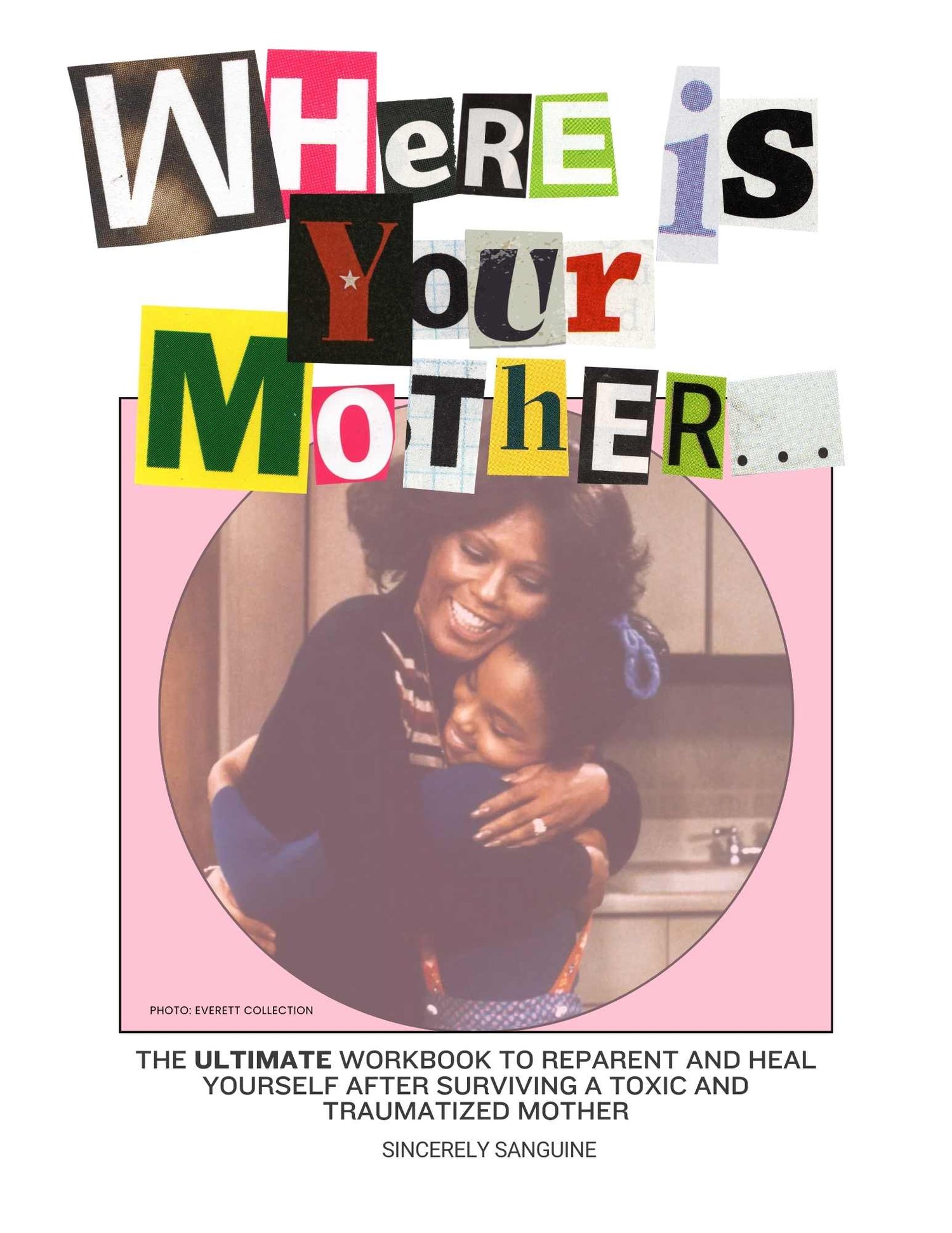
16 Low Stimulating Shows For The Chronically Overstimulated
3 minute read
Share with a friend
Have you ever asked yourself "why do I get overstimulated so easily?" Well, allow us to provide a bit of insight. Overstimulation or sensory overload is defined as
"a phenomenon where one feels an overwhelming sense of discomfort in the external environment (or sensory surroundings)" (Source: MedicineNet). Those that are experiencing overstimulated symptoms often feel anxious and a sudden urge to leave the stress causing environment. However, what do you do when you can't leave an environment that is causing feeling of sensory overload? Here are a few tips and suggestions to assist in understanding sensory overload symptoms, sensory overload in adults, as well as how to deal with sensory overload.
What to do when overstimulated?
Consider the acronym S-O-B-E-R.
- S: Stop
- O:Observe
- B:Breathe
- E:Explore
- R:Respond
This acronym is utilized within the therapeutic practice of Dialect Behavioral Therapy (DBT). The SOBER acronym is helpful in utilizing mindfulness to reduce symptoms of overstimulation within the moment. First, stop! You don't want to react prematurely due to the internal feelings of discomfort surrounding your overstimulation and sensory overload. Next, observe. What do you notice about your internal and external environments? Babies crying can serve as a major sensory trigger for many, therefore identifying any sensory triggers is important. Following, breath! Breathing is critical when overstimulated symptoms arise. Focus on regulating your breathing. Lastly, respond. Responding verbally is not necessary, but if you feel inclined to share with others your feelings of overstimulation, they can assist and understand. This is also a form of self advocacy, which is important when navigating difficult situations. Ear plugs for sensory overload are also a great tool that you can utilize during moments of overstimulation. Signs of overstimulation in adults and overstimulated symptoms often go unnoticed and undetectable. Therefore it's important to equip yourself with the necessary tools and resources to navigate spaces where overstimulation symptoms may arise.
What does overstimulation feel like?
- Restlessness and irritability
- Stress, panic, fear
- An inability to relax
- Anxiousness
- Overwhelming sense of discomfort due to external factors
How to stop sensory overload and overstimulation?
Cleanse your mental pallet and watch these low stimulating shows. We discussed the importance of brain breaks within our recent blog posts and included a low stimulating and relaxing Brain Break playlist to assist. We equipped you with the necessary resources to navigate the outside world and external factors that are overstimulating. However, we also took the time to create a list of shows to watch that are relaxing and low stimulating within your home or space.
The bells, whistles, and loud noises of most modern day shows are entertaining to watch, but can be draining and require active participation. Are you truly enjoying the watch, if you're activated with each episode. With an uptake in triggering, violent, and hyper-sexual shows, a brain break not only with our music, but with content that we view is necessary. Here are a few of our favorite suggestions.
Low stimulation shows:
Little Bear
The Berenstain Bears
Bluey
The New Adventures of Winnie the Pooh
Franklin
Reading Rainbow
The Joy of Painting with Bob Ross
The Golden Girls
227
Between The Lions
Nature Documentaries
Gilmore Girls
Home renovation shows
Little Bill
Mister Rogers
Jeopardy with Alex Trebek

